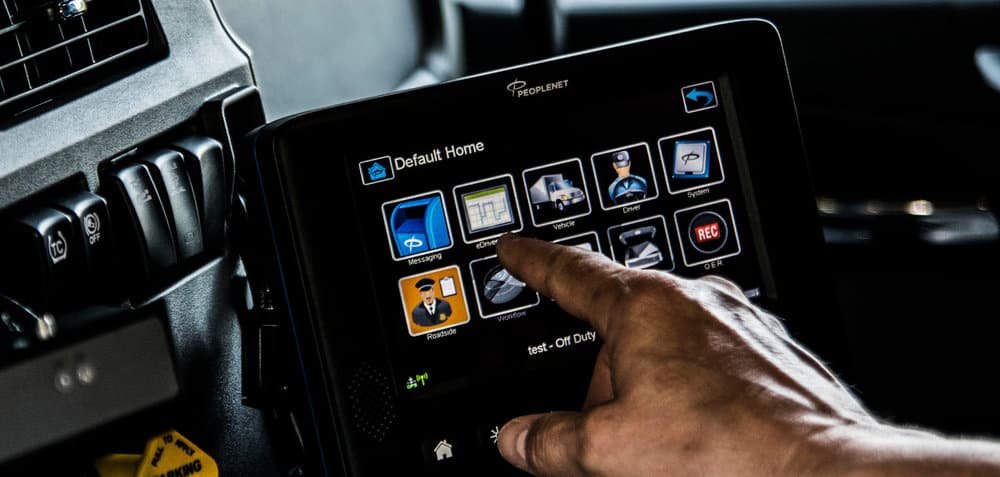
Buying the right system and utilizing its full capabilities offers the best return
The upcoming electronic logging device (ELD) rule is a great example of the type of mandated technological change coming to the trucking industry, and yet it serves as a great reminder of the importance to perform due diligence before adopting such technologies.
That due diligence, Chris Hayes, 2VP, Risk Control, Transportation, Travelers, tells FreightWaves, could potentially lead to an overall boost in fleet and driver efficiency. Or, it may just lead to better hours-of-service compliance. Whichever approach a fleet takes, he says, it’s important to first understand what you expect from a telematics solution.
Related:
ELDs expected to take a bite out of productivity, push rates higher
ELDs and the insurance impact
“It depends on what you are using that device for,” Hayes, 2VP, Risk Control, Transportation, Travelers explains. “If you are capturing data on the vehicle, you are really capturing driver behavior data that you can use to coach drivers or to reward drivers.”
Roughly 3 million drivers will be affected by the ELD regulation, which mandates the devices inside truck cabs as of Dec. 18, 2017, to track driving hours and hours-of-service compliance. Many fleets, especially larger ones, already employ ELDs, but many in the industry still do not have the devices.
What kind of success any fleet has with ELDs, like all telematics systems, will vary based on the fleet’s needs, the type of system it adopts, and what it chooses to do with the data telematics systems capture.
In the case of ELDs, companies could choose to equip drivers with smartphone-based systems that simply record driving hours. Or, they may choose more robust systems that connect directly into the vehicle’s engine and collect thousands of data points.
“There are some that are directly tied into the vehicle and there are some that run off GPS devices or accelerators,” Hayes notes. “As we move towards electronic logging, the question is are you going to invest money into just capturing what is required or are you going to invest [in something more]?”











